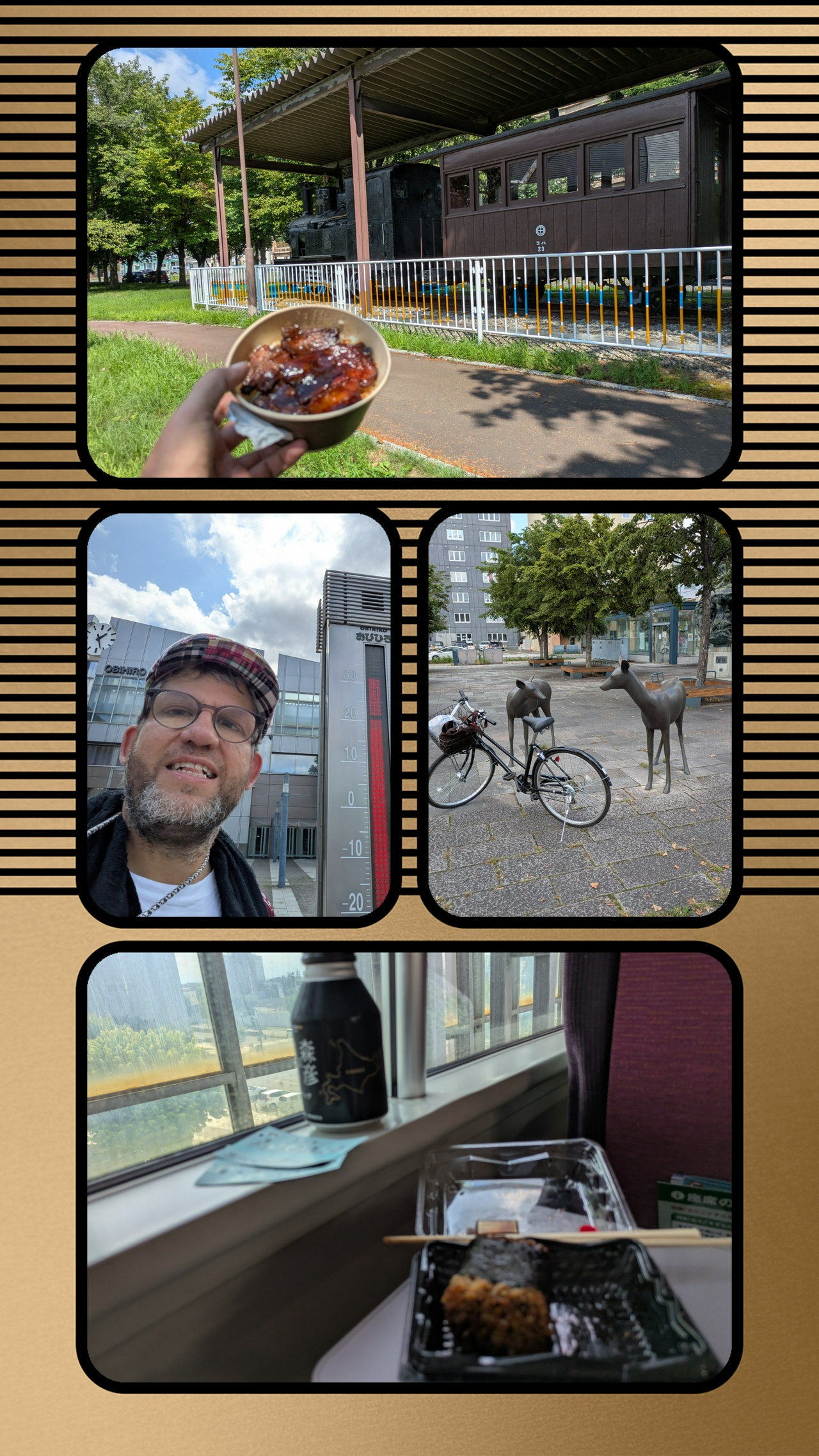A Few Days in Obihiro
Obihiro has a few strikes against it for me. First, there are no Tora-san filming locations in the area. Second, it is difficult to get to by a local train. Third, it is difficult to get around without a car.
Even with all of that, I had visited it once before to watch the Banei horse races, where giant horses slowly pull a sled and a jockey down a straight. I found a hotel just down the street from the track and for three days all I did was watch the races. I spent a day watching the races again. They seemed a bit more popular than when I last visted. However, I was able to see a bit more of the city this time and liked what I saw.
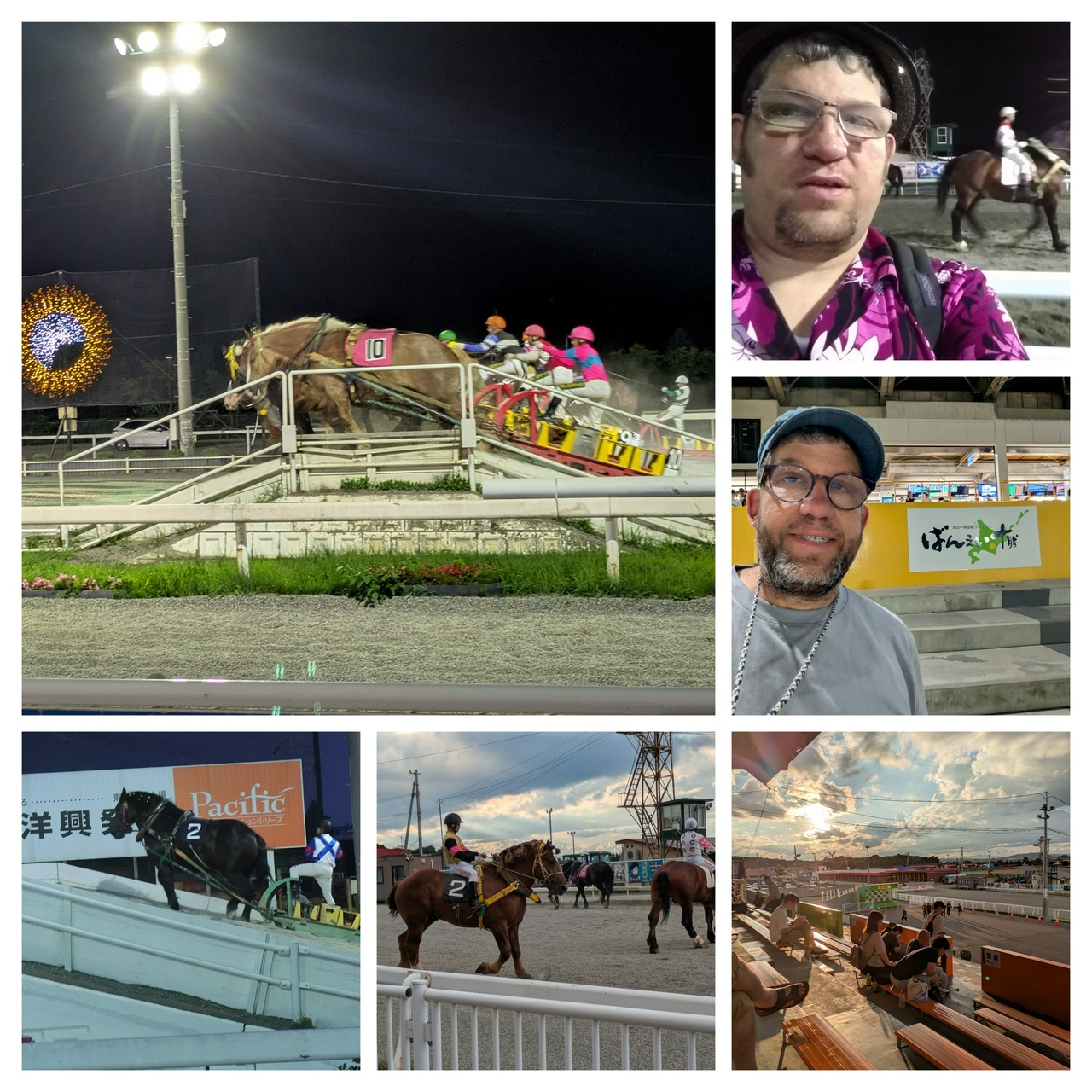
Even before going to the races on my first full day, I went to the Tokachi Farmers Market, which is held in the center of Midorigaoka Park. There I met people selling books, wine, coffee, houses, postcards, and candles, along with vegetables, food, and drinks. I ended up buying some potatoes and pumpkin along with some baked goods from the bakery I had learned about the farmer's market and ate them for lunch on the long bench at the park.
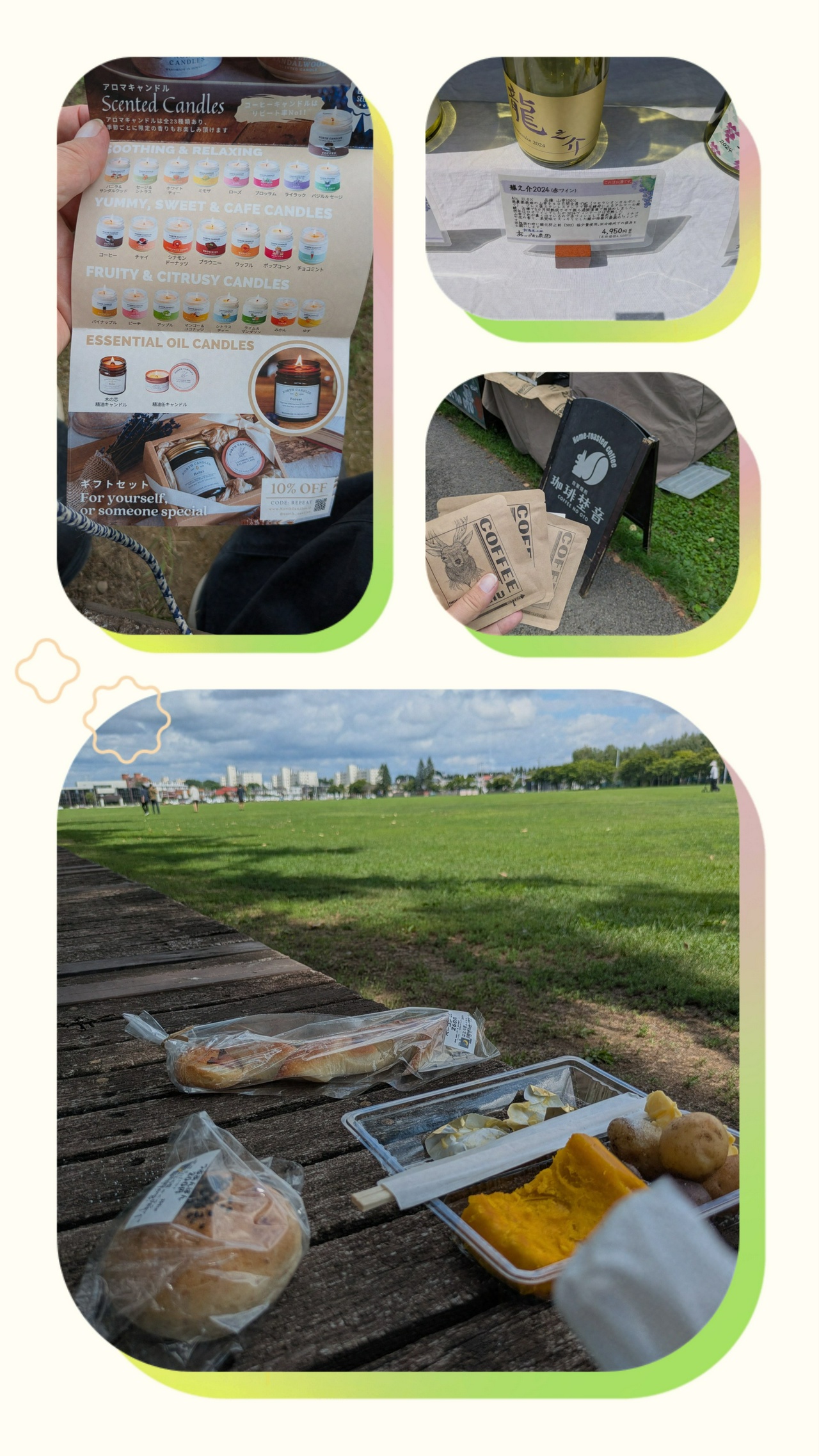
The next day was Sunday, so I went to Mass at the local catholic church. I ended up being in the same pew with the only other visitor at the church that day — the priest had us introduce ourselves to everyone after mass. Everyone was friendly at the post mass coffee and snacks. I was especially impressed by the stained glass behind the altar, which was of the Tokachi Plain. I later learned they were fairly new. I was a bit moved to see how this small church and community expressed their love of God and of where they lived through this form of art and expression.
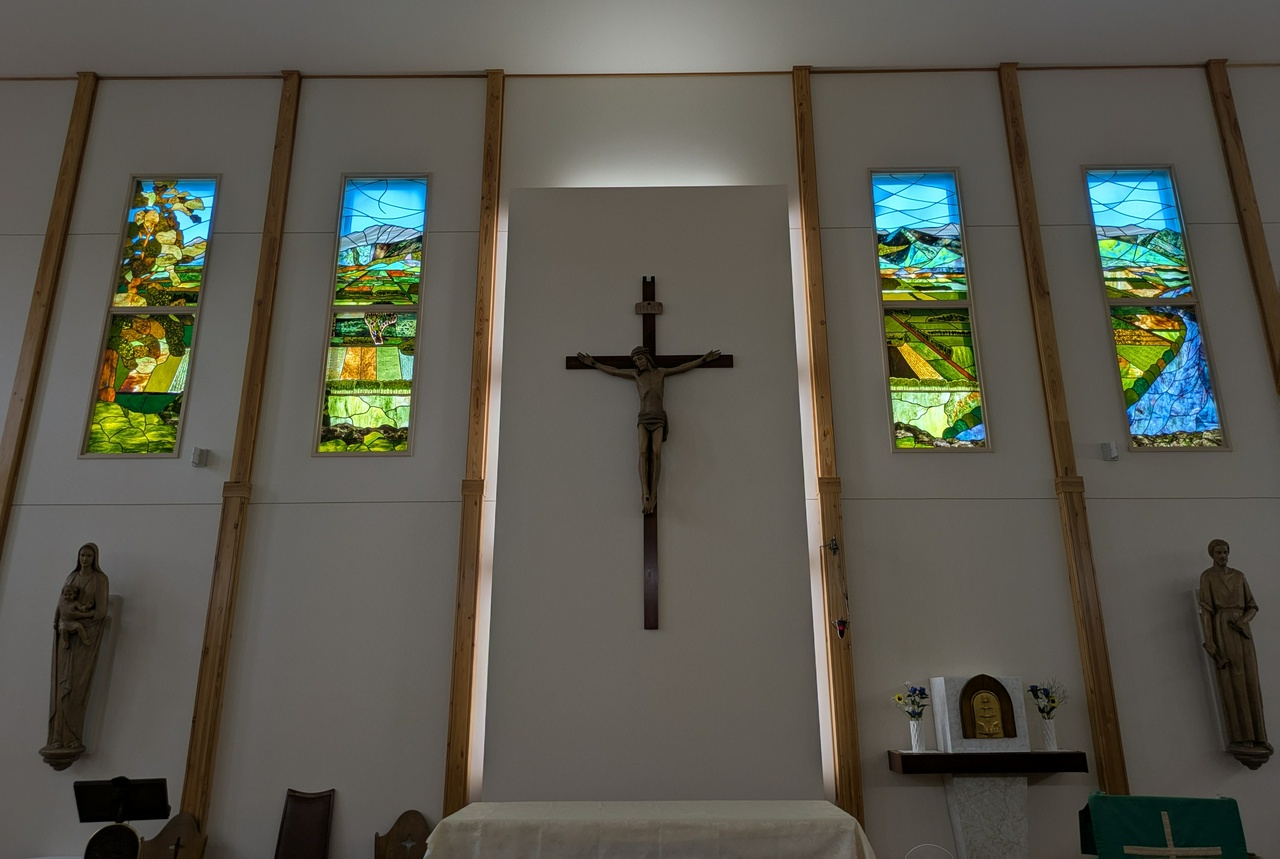
I rented a bicycle in the afternoon and cycled out the 10 or so kilometers out to the Tokachi Hills garden and neighboring Tokaichi Carmelite convent. A few people had told me there was a small hill at the end but it was a bit more than that, so I had to walk up my bike the last kilometer or so. I spent much longer than I expected at the garden and much shorter at the convent but both were impressive and worth the trip.
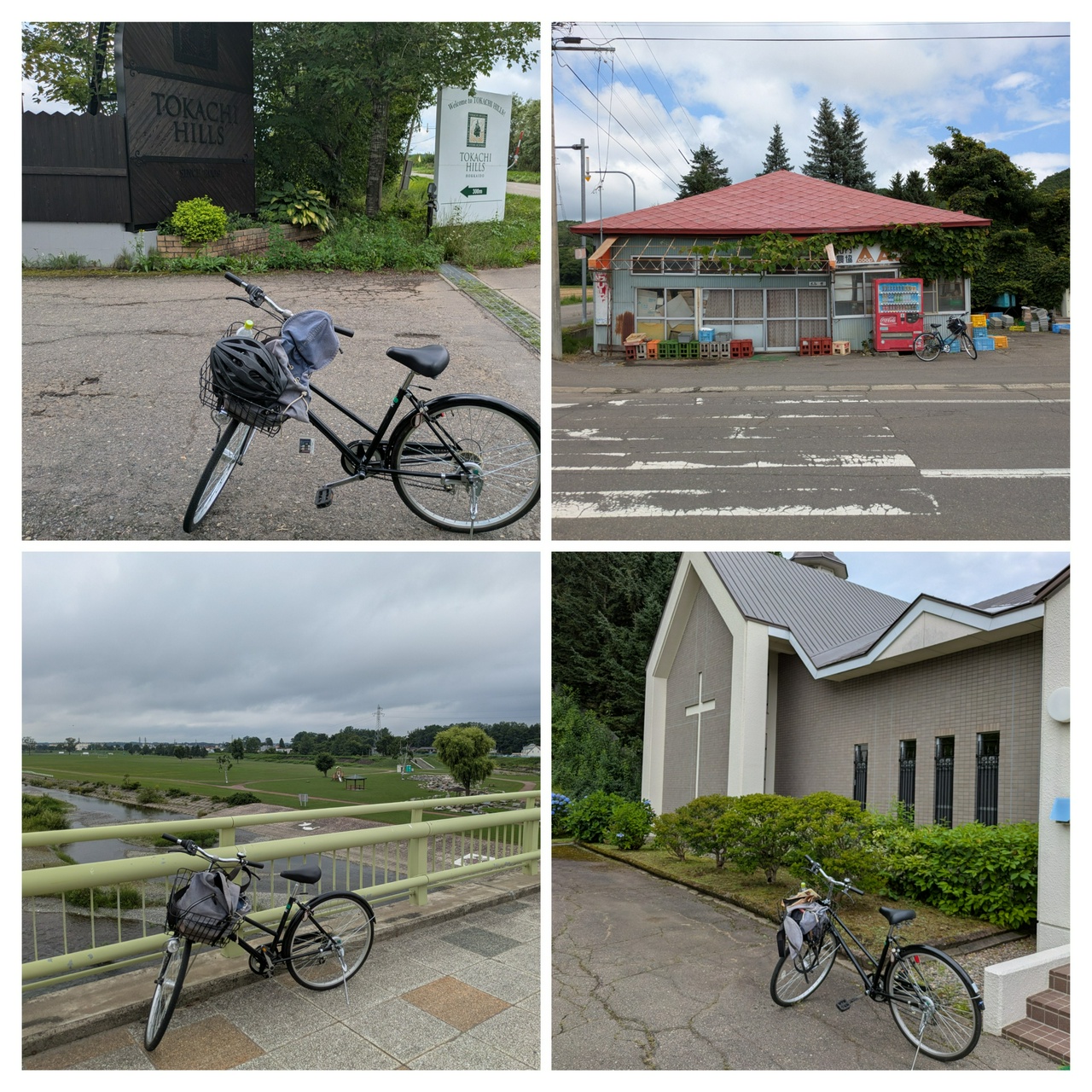
It cost 1000 yen to get into the actual garden but it was well worth it — if I lived nearby 1200 for a yearly pass would be a bargan. I had a nice lunch and dessert overlooking the garden then spent some time walking from chair to chair admiring the garden and views upfront. I am sure I could have spent all day there but I ended up just staying a couple hours.
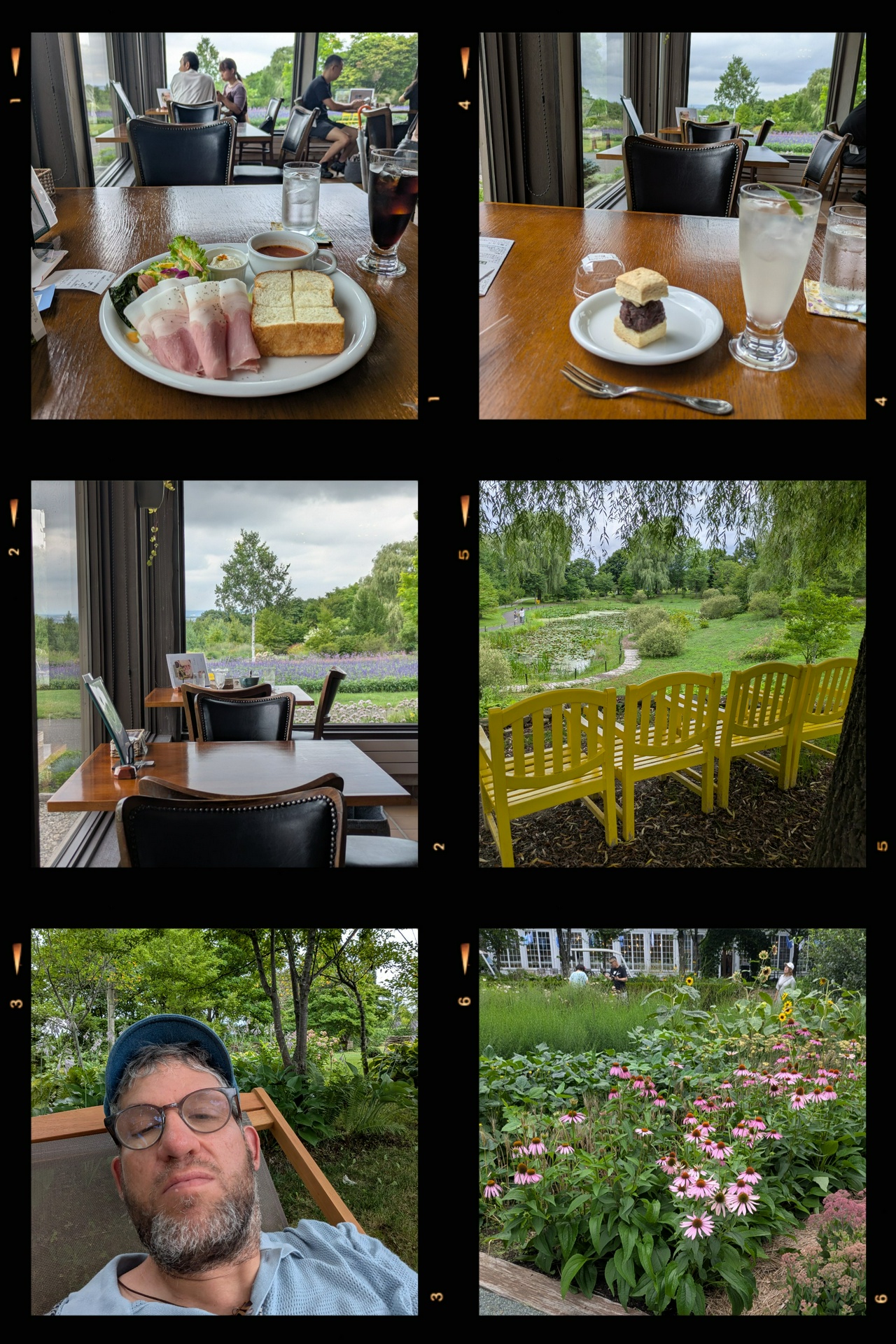
I spent a bit less time at the convent. I had decided to go just after coming while scrolling through google maps. Even the people at the church hadn't been there, though the nun I met said the priest at Obihiro comes out and says the daily 7am mass there. She was very friendly. I had to ring the doorbell to get it and she happily greeted me at the door. She showed me the chappel and we chatted a bit while she sold me some chocolate, bookmarks, and postcards. There isn't much to see — honestly I am glad I discovered Tokachi Hills was next to it as it would have been a long trip to just have visited the convent for 15 minutes — but I hope to get back to go the the morning mass there sometime.
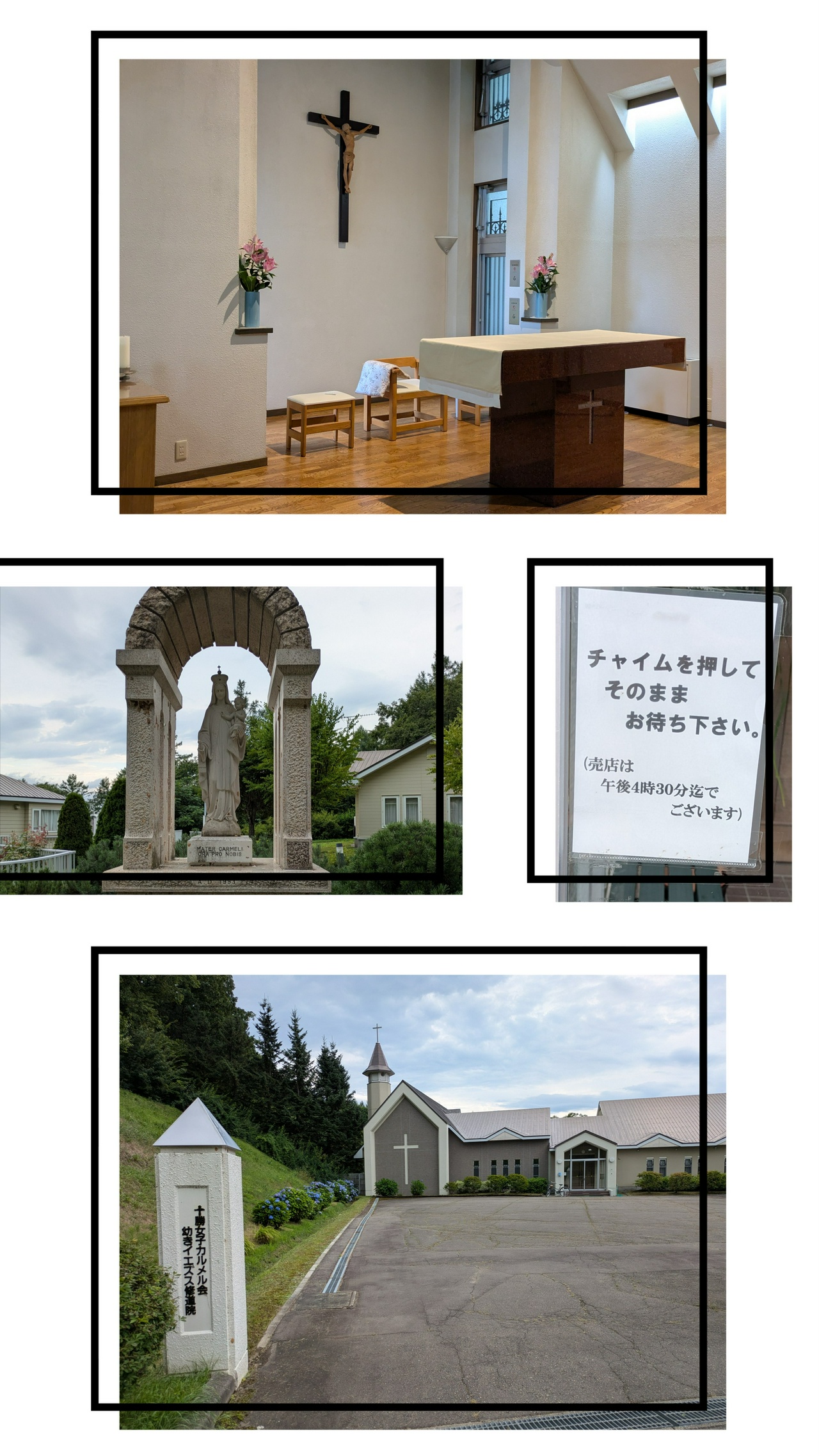
I cycled back down the river back towards the center of town. Many placenames in Hokkaido are dervied from Ainu. Rivers in Japan usually have large signs displaying the river's name. In Hokkaido these signs include the name’s etymology. The river I cycled down, the Satsunai, comes from the Ainu word sat, meaning parched, and nay, meaning river, a name describing its sandy riverbed.
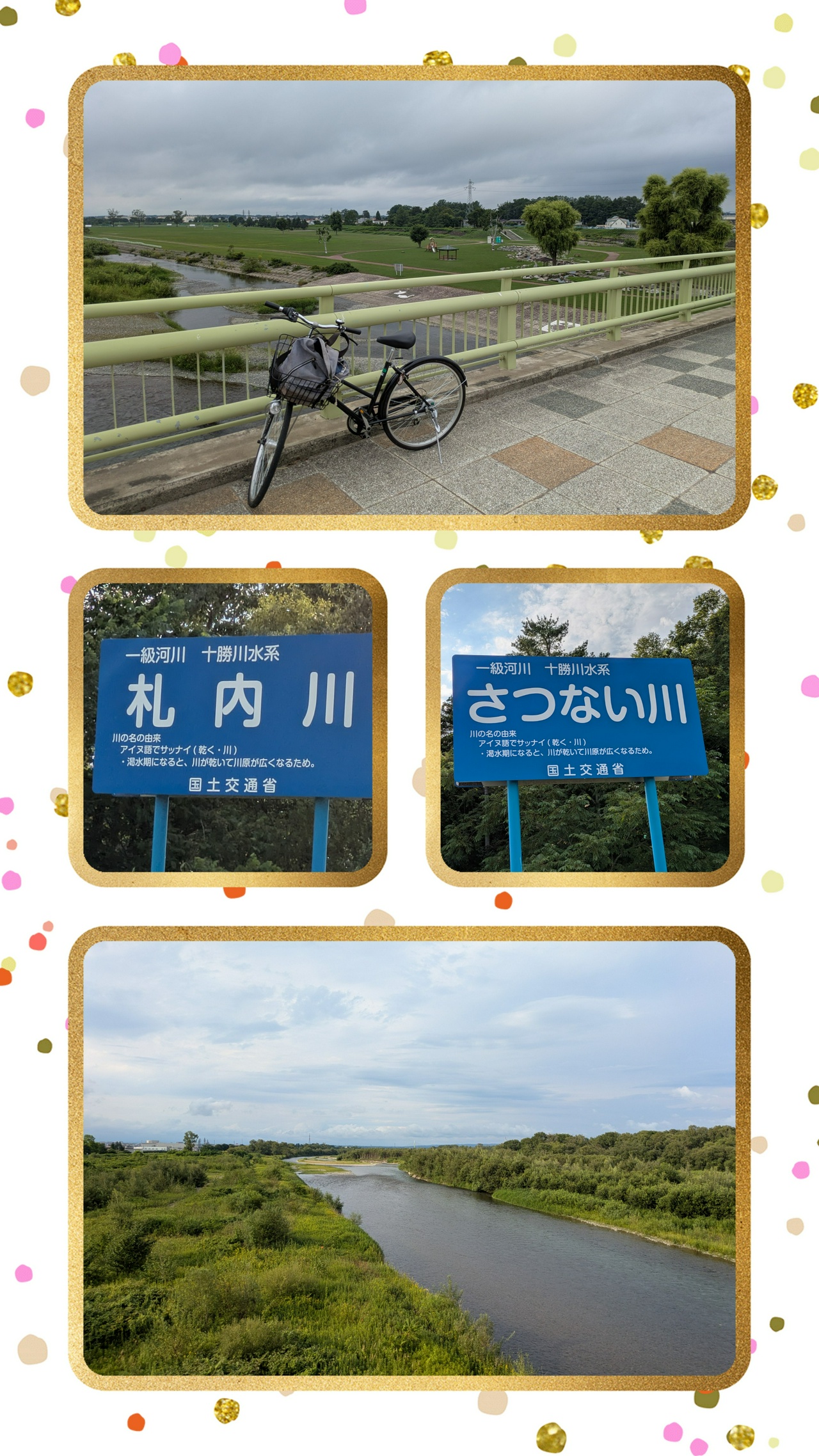
That being said, I still don't know too much about the history of the area. Some Japanese settlers came into the area. During my early morning walk on Saturday I came across a statute of the leader of the first Japaense settlers, Benzo Yoda, at a park across the street from Obihiro Shrine. He led that first group to Obihiro in the 1880s.
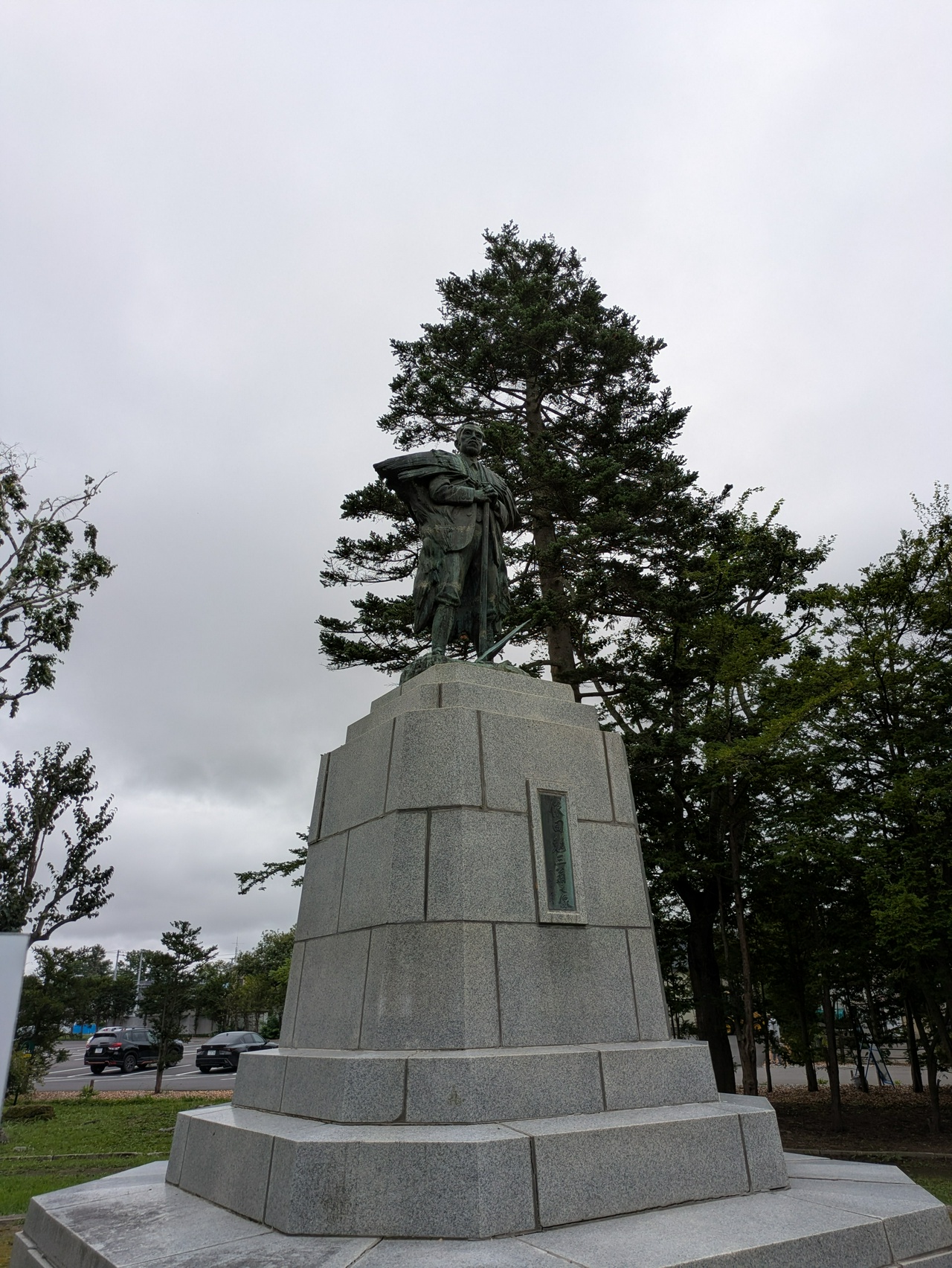
With that lack of knoweldge in mind, I wandered into the Obihiro library on Sunday evening after dropping off my bicycle. In the local history collections area on the second floor I came across a room dedicated to Fumiko Nakajo. She was a tanka poet who lived a full but turbulant life even as she died in her early 30s from cancer in 1954. On Monday morning I found a monument honoring one her most famous poems, about how she felt looking at the winter waves off of Otaru, on the grounds of Obihiro Shrine. I became intereted in tanka earlier this year while watching the weekly NHK show, so I was happy to once again discover something serendipitously at a library related to interests old and new.
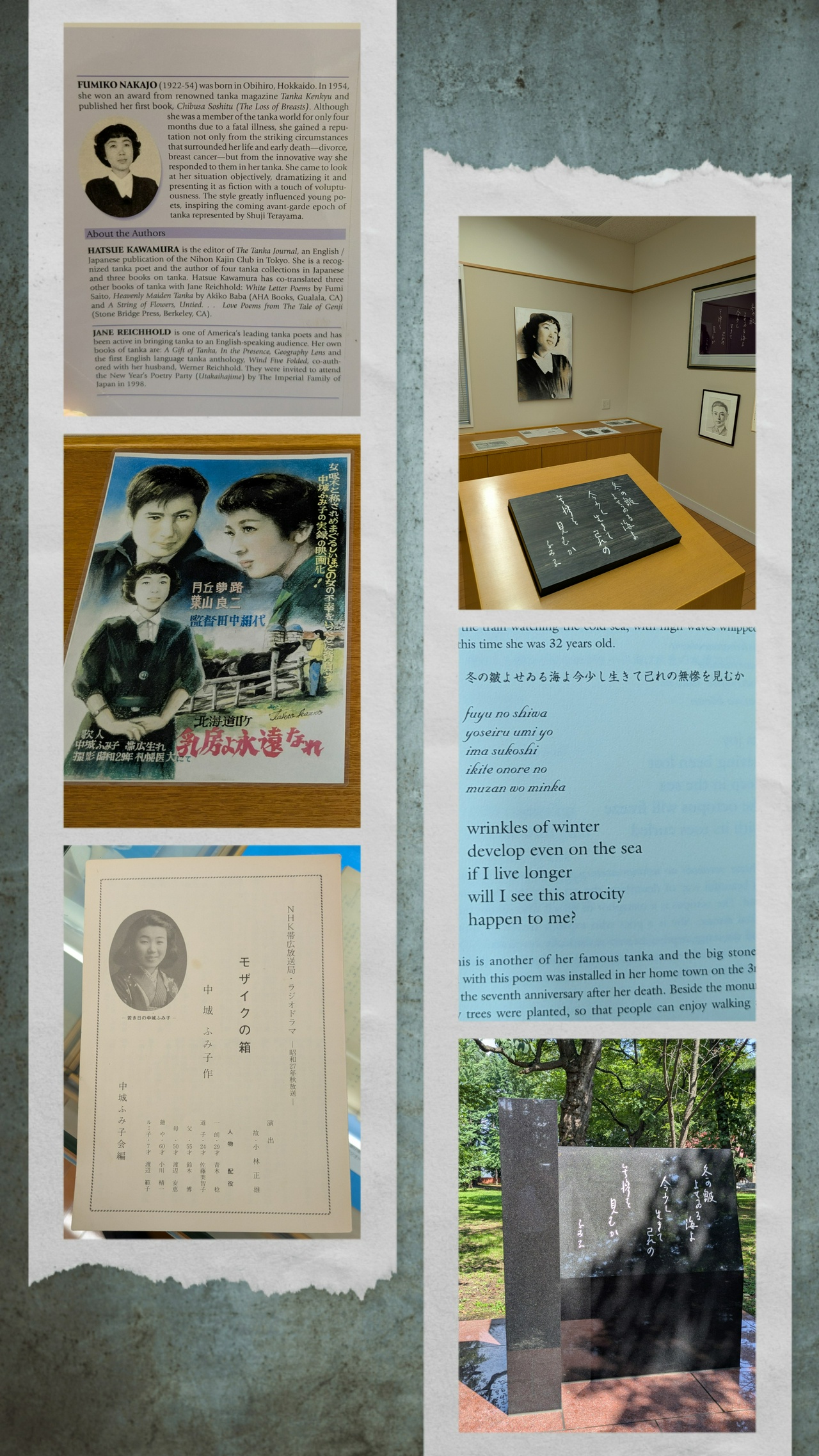
I also picked up a birdwatching charm at the shrine on Monday morning. Someone at the farmers market told me about this one of a kind charm at the shrine so i wanted to get it. I don’t really do birdwatching but I do take walks in parks, gardens, and elsewhere and listen to birds without any idea of what I am listening to. Maybe carrying around such a charm will motivate me to learn something.

After visiting the shrine I had a few more hours. I had rented a bike again for Monday morning so I cycled out to the Slow Living shop in Obihiro. On my many trips to Hokkaido I had seen and puchased magaine Slow Living but skimming through and issue at the tourist center I saw their shop was in Obihiro. It is quite small, located on a large boulevard, but the same one that the shrine is on. So a 20 minute cycle ride and I was there. I browsed a bit and purchased some Hokkaido made tenugui for me and my wife and some other locally made coffee and instant soup curry packets, as well. I spent longer than I though, but, like the farmers market, I liked looking through handmade, locally made goods and crafts.
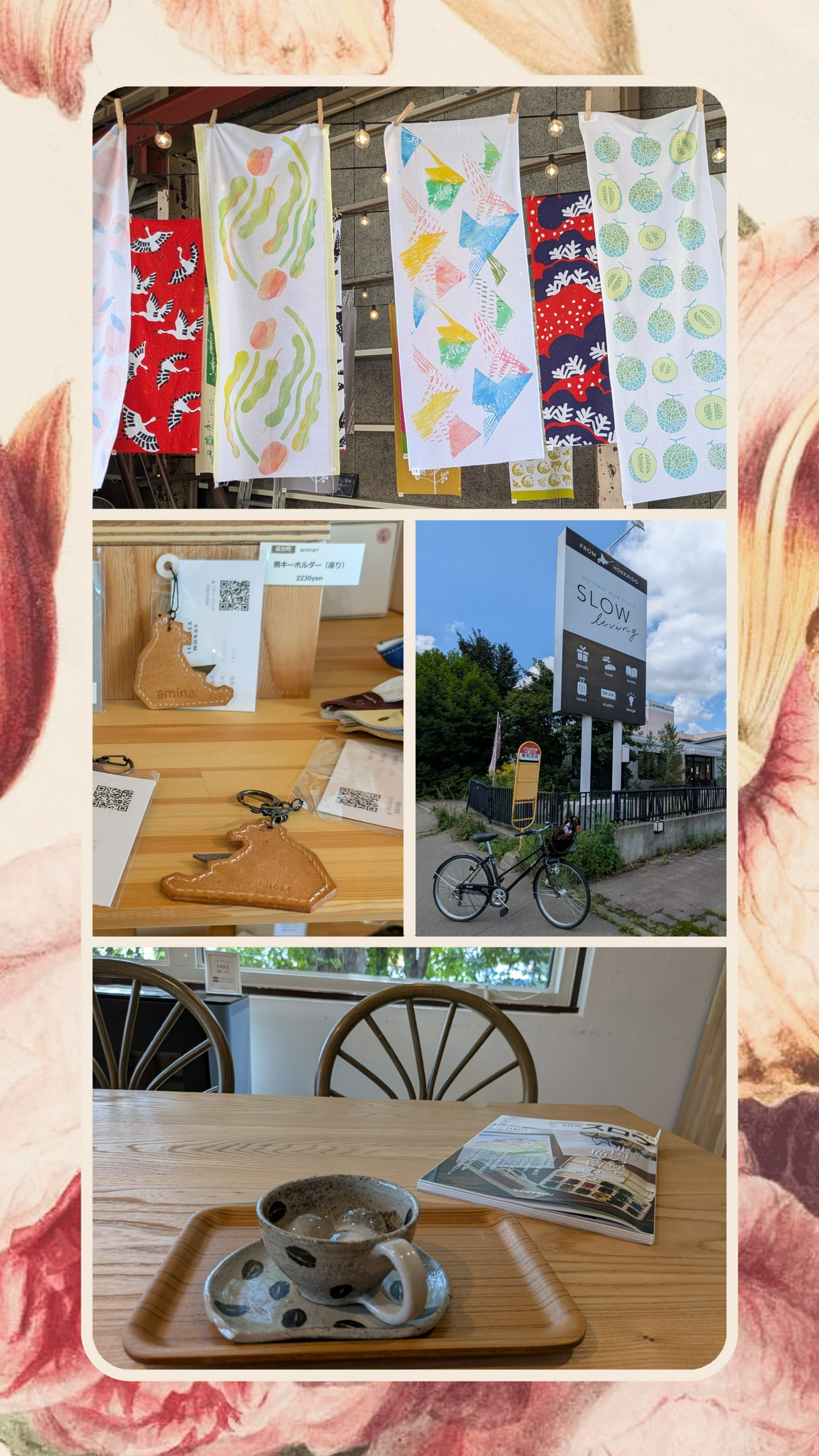
I did want to try some of the local speciality, pork rice bowl, but the lines were too long everywhere. I was able to, however, have another local speciality — Indian curry. Indian is a local Japanese curry chain. I had seen the shop the first time I came but because I spent all my time at the track and the races ended at after the shops closed, I didn't get a chance. This time I had it twice. The first time I had it with the basic roux and the second time with the shop speciality “Indian” roux — the main difference being the indian roux includes tokachi beef, I believe.
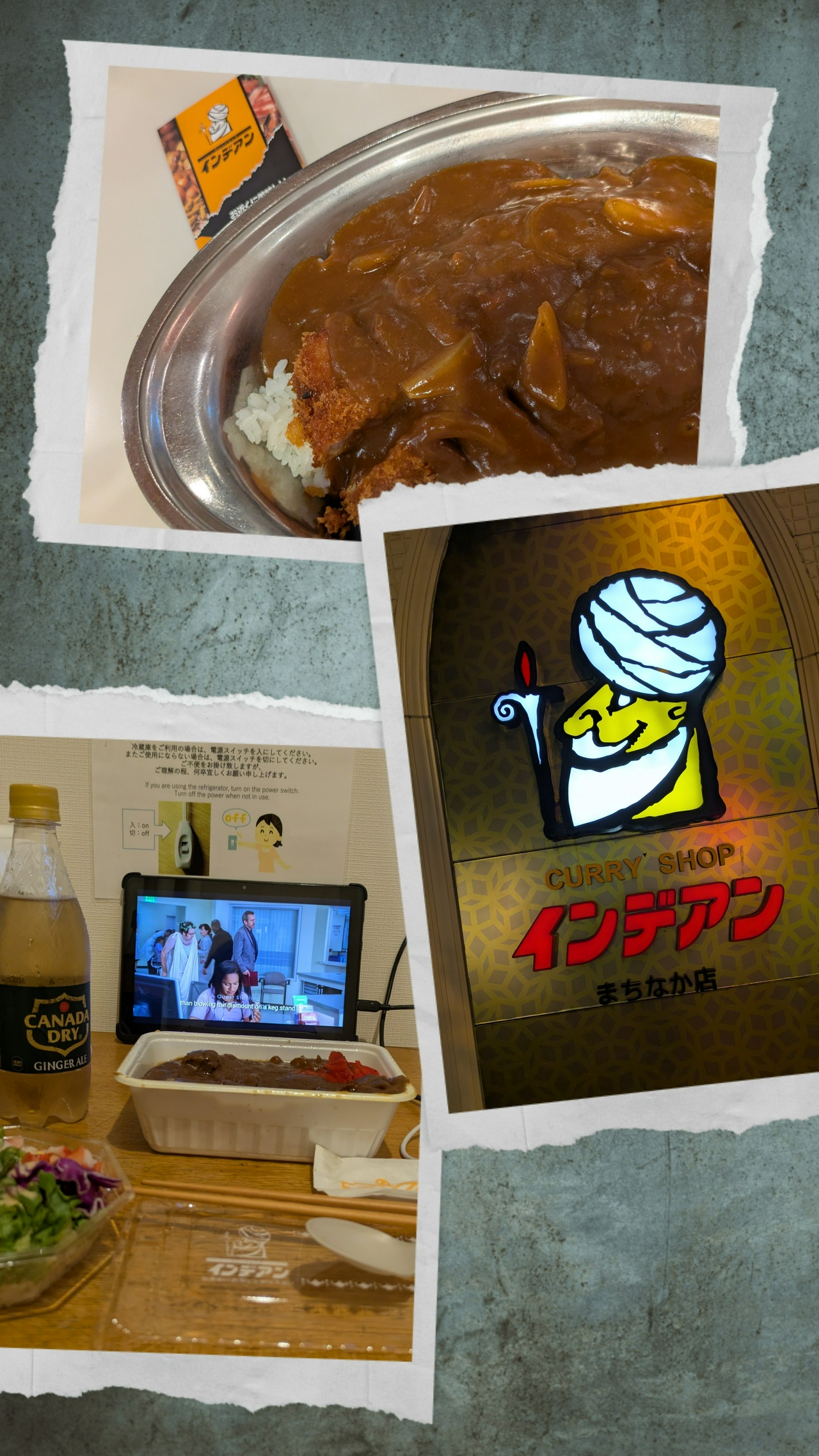
I did end up having a pork rice bowl. I bought one at Lawson and quickly ate it before getting back to the station. I also bought a pork rice onigiri at the station, which I ate on the train as I left Obihiro on the way to the ferry terminal in Tomakomai.
